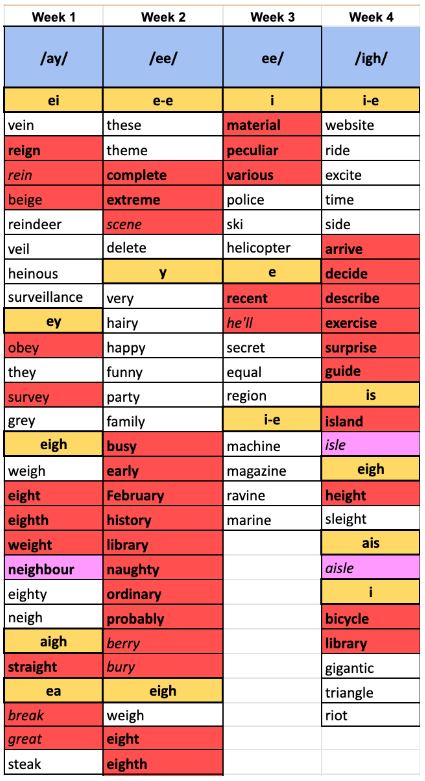Spelling
Our rationale:
Spelling is a set of conventions that represent
Reading for meaning is a national priority. We understand that to improve reading for meaning, we must support children’s reading fluency. Accuracy, constituting as one of three key components to fluent reading, is achieved through effective teaching of systematic synthetic phonics. Children need to be able to read between 95% - 98% of words to activate better reading comprehension (Schmitt et al., 2011).
Therefore, with these principles in mind, we feel this continuous phonics provision interwoven throughout our spelling curriculum will greatly improve vocabulary acquisition. Word reading and spelling are 'reversible processes' (Rose, 2006, cited by DfE, 2021).
This is why, for across the primary phase, spellings of Tier 1, Tier 2 and Tier 3 vocabulary will be taught with a phonetic focus in conjunction with syllabic and spelling patterns whilst also exploring the mechanics of words (etymology, morphology, lexemes and how words can be used to manipulate syntax).
This will allow children to embed the application of their phonics skills when learning to use and spell vocabulary accurately, thus, broadening pupils' overall vocabulary by the end of KS2.


